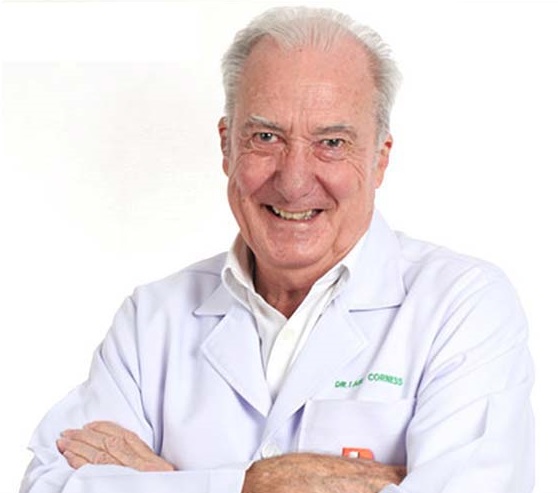

Hands up all the readers over the age of 60. Hands up all those readers over the age of 60 who don’t get stiff knees in the mornings. Not so many hands this time!
As you get older, you will get to meet ‘Arthur’. That’s almost a 100 percent money-back guarantee. And since it is my money that might go astray, I must be very confident. The ‘Arthur’ I am referring to is one of the banes of mankind and is “arthritis”.
Unfortunately, there are many types of arthritis, and descriptions of these go back into antiquity. Perhaps the oldest known type of arthritis, called gout or gouty arthritis, has been described since Hippocrates in the 5th century B.C. In fact, at one time, the term “gout” was used to describe all types of arthritis. Then it was known as the “Disease of Kings” due to its association with rich foods and alcohol consumption, something in which the commoners were not able to indulge. Things have certainly changed.
One of the most common forms of arthritis today is osteo-arthritis, and rather than being of a biochemical nature, osteo-arthritis is much more of a mechanical wear and tear situation. In America, the estimated incidence is that 37 million adults are suffering from it.
Unfortunately, we all wear out. Joints in particular are mechanical devices, with one bone sliding on another with a slippery bit (called cartilage) in between as the bearing surface, cum-shock absorber.
Most joints, especially knee joints, are designed to last our three score years and ten, and that’s about it. We do know why they wear out, and because they are mechanical, increase the loading on the joint and it wears out quicker. Imagine that your knee has been designed to hold up 80 kg for 70 years, and now increase that loading to 120 kg. That same knee now has to support 50 percent more than it was ‘designed’ for, so you can expect it to wear out 50 percent sooner. Simple.
So they hobble down to the doctor and ask for something for the pain. The doctor flips mentally through the latest medical drugs for this condition, and most probably will hand over some Non Steroidal Anti Inflammatory Drugs (NSAID’s) and tell the patient to lose weight.
Now I am not saying that this is totally wrong – but – when the NSAID’s first came out (hands up all those who remember Indocid) they were heralded as being the answer to these problems. Some were even supposed to ‘grow’ new cartilage. The answer the osteo-arthritic’s prayers.
Unfortunately, we very quickly found that Indocid and its ilk drilled holes in the lining of the stomach and were more than slightly dangerous. So we developed newer and better and more stomach-sparing NSAID’s. Unfortunately, these too produced problems.
Nothing daunted, we came up with even newer and more wonderful NSAID’s, which came with even newer and more wonderful array of side effects. So wonderful that one called Vioxx had to be withdrawn by the manufacturers.
So what can the poor patient do? Most patients have already tried paracetamol, hot water bottles, someone else’s great new tablets, NZ green lipped mussels, a cabbage leaf (which does work for mastitis, or so the ladies tell me), various herbal or homoeopathic medications, yoga, meditation, magnets, copper bracelets, muttering mantras and goodness knows what else. Exercise does help to improve the mobility in the knee joint, and by strengthening the muscles and ligaments around the knee, give it more stability. But it will not re-grow cartilage.
There is another avenue in the treatment, and that is direct injections into the affected joints. This produces spectacular results, but unfortunately are short lived. However, even a couple of weeks can make it such that the person can go on holidays and actually enjoy some mobility. But it is not the long-term answer.
Finally, there is surgery, which is currently the treatment of last resort. Since around 90 percent of patients show lessening of pain, improvement in functional status and overall quality of life, I think we should be looking at operation sooner, rather than later. But that’s just my opinion.
 |
 |
 |





